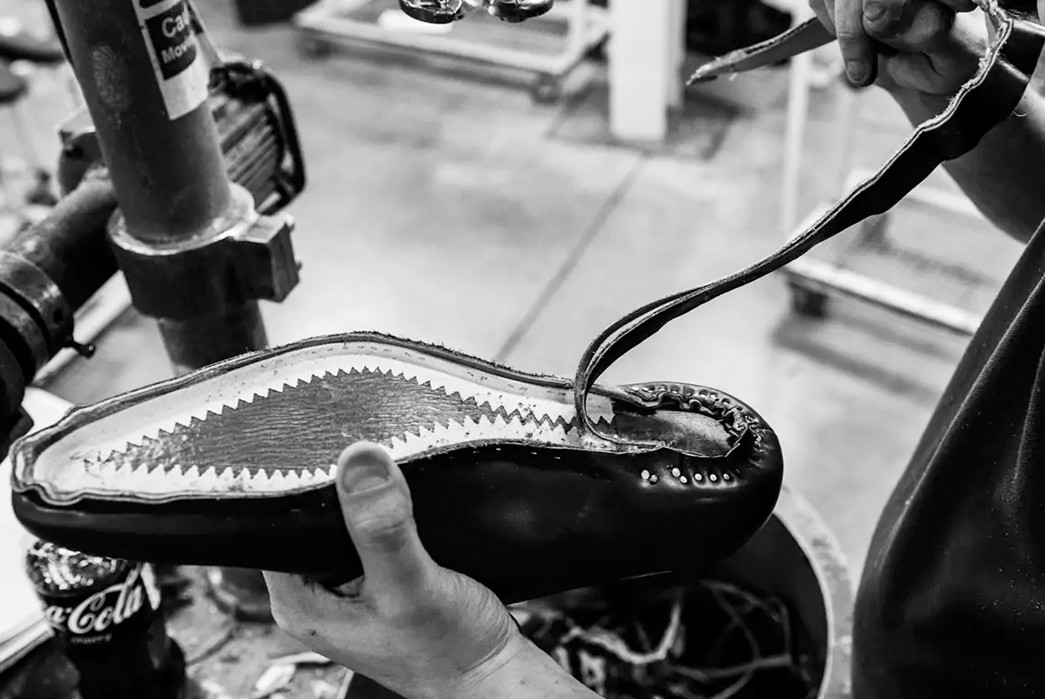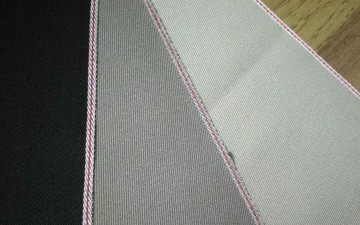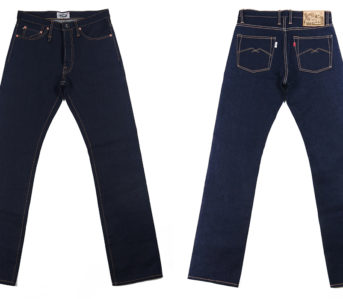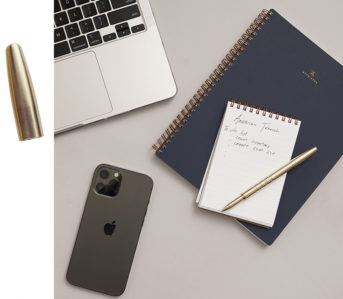Cobblers are mysterious beings, aren’t they? No sooner have you put your tattered boots on the counter than the person behind it has whisked them off with a short “yap” and a ticket for collection in seven days. They emerge from the workshop a week later with your shoes looking almost as good as new, and frankly, you’re not sure how they did it.
Heddels’ editor David describes his first visit to one as just that, and though there seems to be no limit to cobblers’ skills, we’re here today to find out what exactly their job entails. Just how do they bring our shoes back from the dead? Can they stretch boots if your toes hit the end? Can they add extra holes so you can lace them higher? Or will they fill your shoes with a delicious fruity dessert that goes well with ice cream?
What Is A Cobbler?
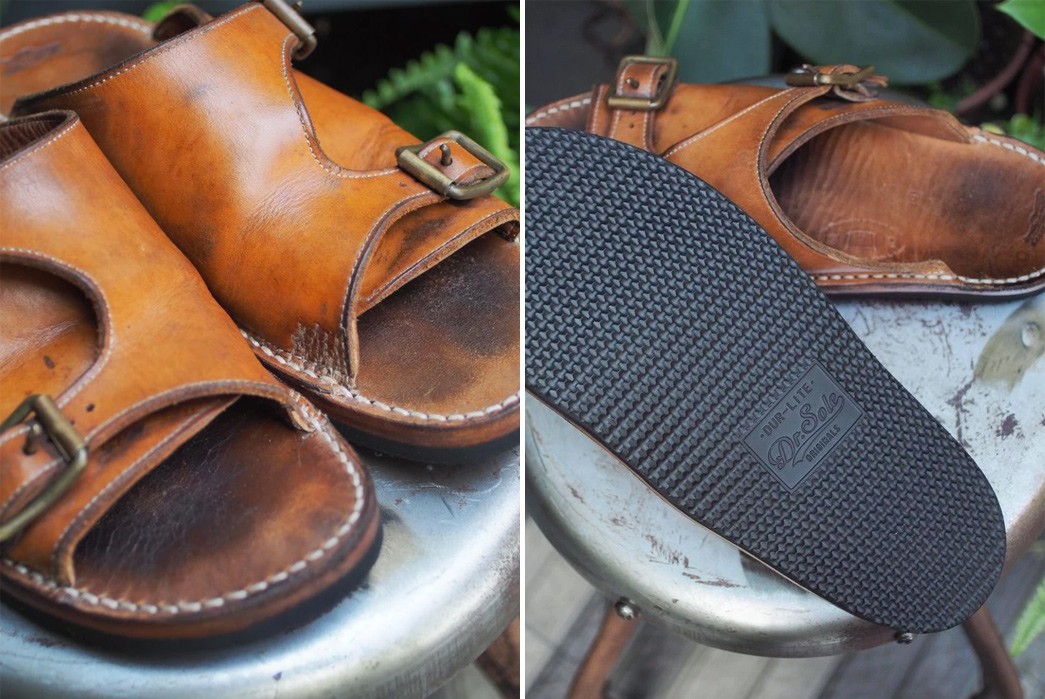
Stitching repairs and new soles on a pair of sandals. Image via Dr Sole
First things first, what does this word actually mean? Not to be confused with the crumbly baked treat of the same name, a cobbler is a person who makes or repairs shoes. The profession has been around for thousands of years—as long as footwear has, really—and that can be traced back to the earliest human history.
Traditionally, shoemaking, cordwaining, and cobbling were different professions, the latter defining professionals who only mended shoes. In fact, centuries ago in London, the formation of separate trade associations for each job meant that cobblers were forbidden from working with new leather, while cordwainers (the name is associated with cordovan) had free rein. These days, the terms are a little more interchangeable.
What Kind Of Shoes Can I Take To A Cobbler?
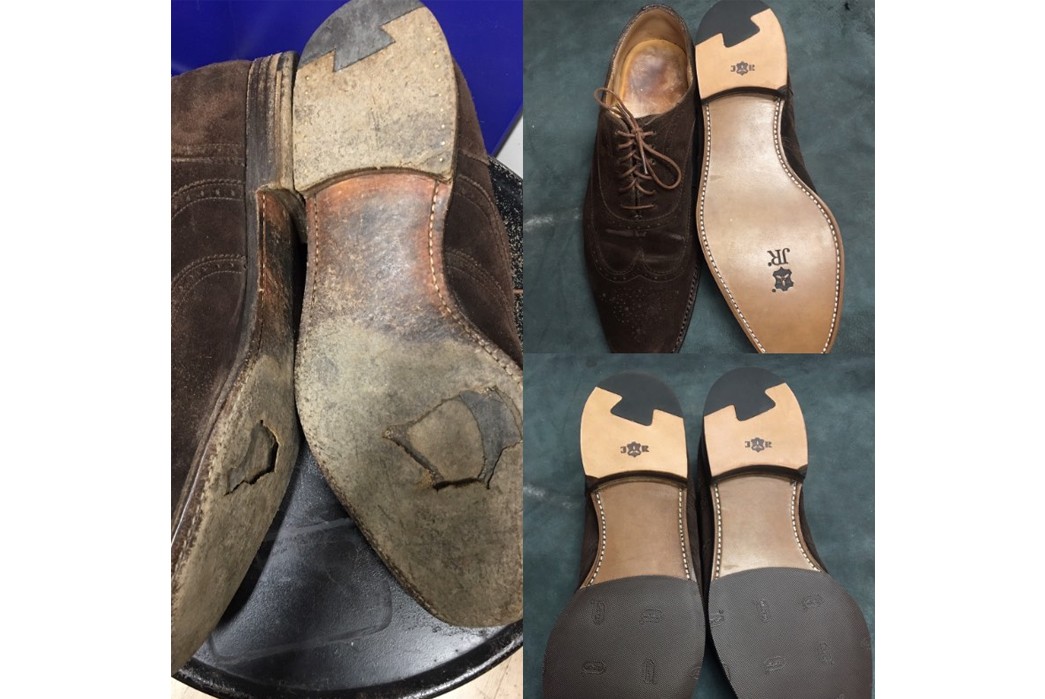
Soles before and after replacement. Image via: Stitchdown
Pretty much anything! Some cobblers specialize in certain shoes or construction types (like Goodyear-welted soles, for example), but in general, everything from the cork on your Birkenstocks to the uppers on a pair of vintage shoes can be seen to.
There are, however, limits to what a cobbler can do with different materials. Suede and leather can usually be gently stretched, but patent leather, some plastics, and other coated materials are trickier to work with.
What Services Do Cobblers Offer And How Much Are They?
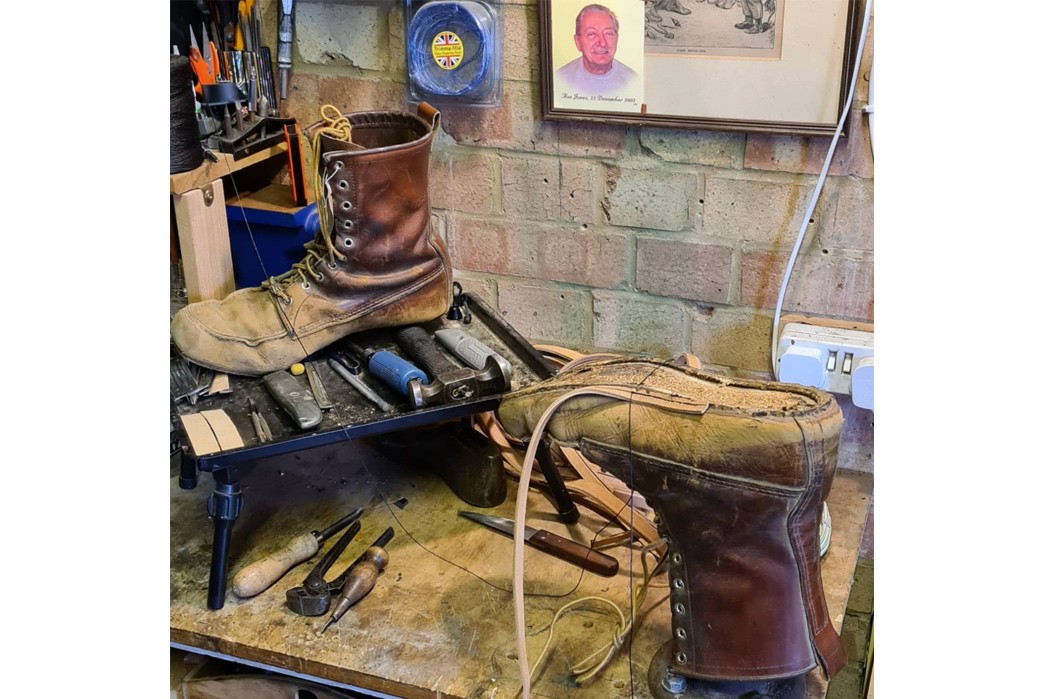
A pair of Red Wings during the re-welting process. Image via: Original Cobblers Ltd
Depending on your cobbler’s experience, you can work with them to do everything from a quick spruce up to a full refashion, changing the color and adding new straps.
Below, we’ve listed the most common services and how much you can expect to pay for each. It’s worth remembering that, as with takeout, travelcards and groceries, shoe services are usually more costly in major cities.
Cleaning
Bright white sneakers not looking so bright these days? Spilled ketchup on your suede loafers? Worry not, a cobbler can freshen them up and remove stains, although they can’t always guarantee complete removal of tough marks.
Average cost for a full clean: $50
Resoling
Depending on how bad the damage is, a cobbler can do a half or full resole which involves replacing the soles of your shoes with new ones. You can also preemptively replace the soles of new shoes with rubber or Vibram versions, making them more resistant to wear and tear in the long run.
Keep in mind that since these processes involve disposing of the original soles, any embossed brand logos will be removed too. Check out our guide to see whether your shoes need resoling yet here.
Average cost for a half-resole: $55; full resole: $75
Re-Welting
If your shoes are stitched, rather than glued together, then a re-welting might be in order.
Goodyear-welted shoes are made to be taken apart, so that when you’ve had all the wear you can out of them, it’s simply a case of replacing the strip of leather (and the sole at the same time), so you can go on wearing them for years to come. Since so much of the shoes is taken apart during this process, some specialists will do a complete overhaul of them at the same time (like reshaping the upper and replacing certain parts).
Average cost: $100 – $200 depending on service
Re-Heeling
One of the most common jobs for a cobbler is replacing flat heels after they’ve worn down. It’s best to get this done sooner rather than later since it’ll be more costly if work is required to the actual heel block.
Average cost: $30
Weatherproofing
Another thing that’s worth getting done when you first invest in some kicks. While this can easily be done yourself with at-home treatments, working with a knowledgeable cobbler means there’s a smaller possibility of ruining the color or material (if it’s suede, for example).
Average cost: $15
Stretching
Cobblers are quick to note that stretching isn’t a cure-all for wrongly sized shoes. This service is most useful for breaking in new shoes or achieving some wiggle room if they’re a bit tight in a certain area. Experts say that it’s impossible to stretch shoes a full size larger without ruining them.
Average cost: $20 – $50, depending on how much needs stretching and the type of shoe
Insoles
Sure, you could just insert some store-bought insoles and be on your way, but the right cobbler can create fully custom ones from leather or even insert padding under the existing liners for long-lasting comfort.
Average cost: $25 – $55
Hardware And Accessory Repairs
A broken zip needn’t mean your boots are ready for retirement – with a cobbler’s help, you can usually replace faulty or broken hardware like zips, tassels, straps and even the shank inside high heels.
Average cost: $60 – $80 depending on the type of repair
Why Should I Use A Cobbler?
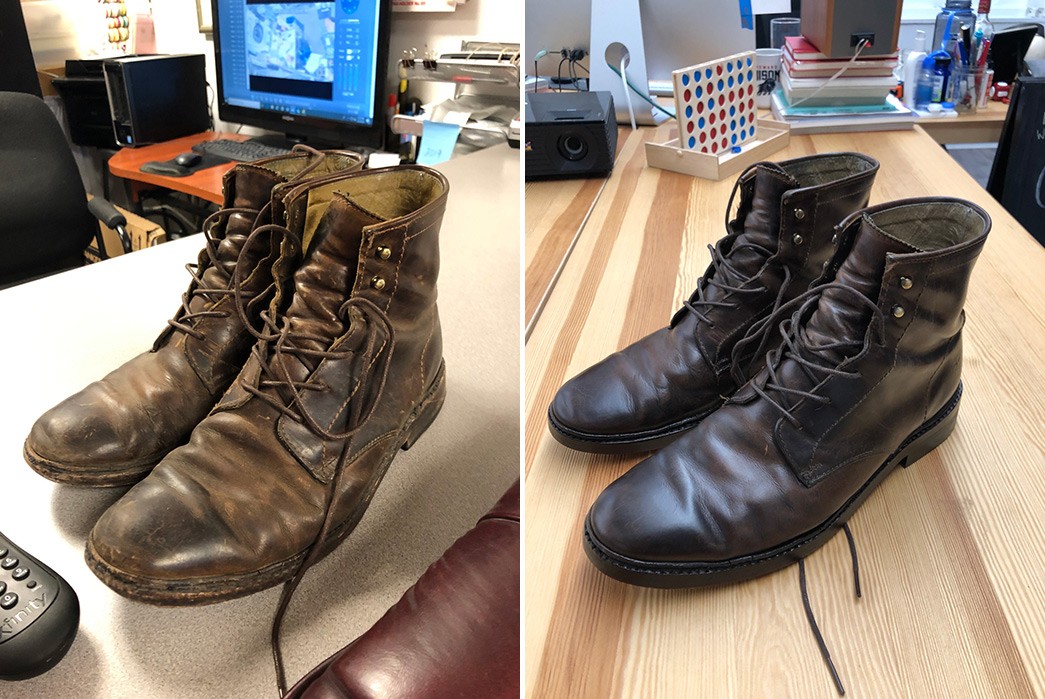
Frye boots before and after their fifth resole. Image via: Reddit user Tukayen.
By now you’ve hopefully gained a better understanding of just how much can be achieved by a good cobbler, and since we assume you like your shoes enough to keep them, it makes sense to do what you can to mend any damage. Even if you aren’t mad about your shoes, a cobbler can often darken the color of leather, so there might be a life for them yet.
It’s also worth considering that the cost of a repair is usually less than the price of brand new shoes, and there’s something to be said for the satisfaction of seeing your old pair looking as good as new. Plus, there’s that all-important environmental aspect. Imagine if everyone tossed their boots in the trash every time the heels wore down a little – that’s a lot of waste.
How Can I Find A Good One?
Depending on where you live, there’s probably a cobbler stationed in your nearest town center, high street or train station. But is taking your prized boots to the closest spot the best idea? Well, it really depends on the job that needs doing and where your shoes are from.
Specialist manufacturers, like Red Wing, Tricker’s or Church’s, offer their own repair services, and while they come at a premium, you can rest assured your footwear is in good hands. Returning your goods to the original manufacturer has the added benefit that they know exactly how to take them apart and what materials were used the first time round.
If that’s not an option (or the job is quite straightforward), then relying on word of mouth is a safe bet. Local dry cleaners will often know of other tailors and cobblers in the area, and this also means you’ll be supporting a small business. If you’ve looked high and low and there just isn’t a cobbler to be found, a quick online search will likely pull together some national companies who’ll repair your shoes by mail order.
Mending shoes is all about getting the most mileage out of them, and while cobblers can work wonders, they can’t work miracles, so we’d recommend reading the guides in our archive for advice on keeping your shoes tip-top.

